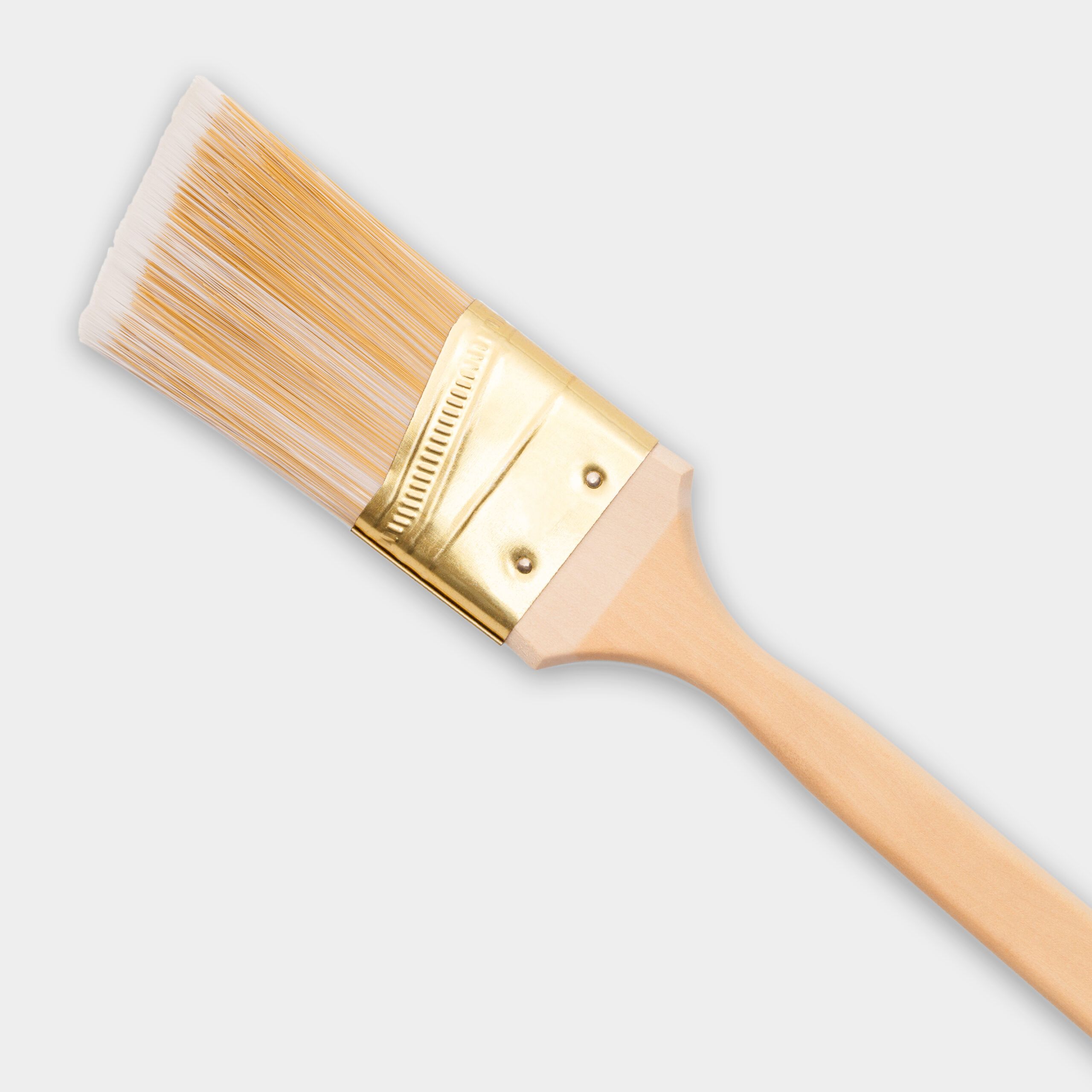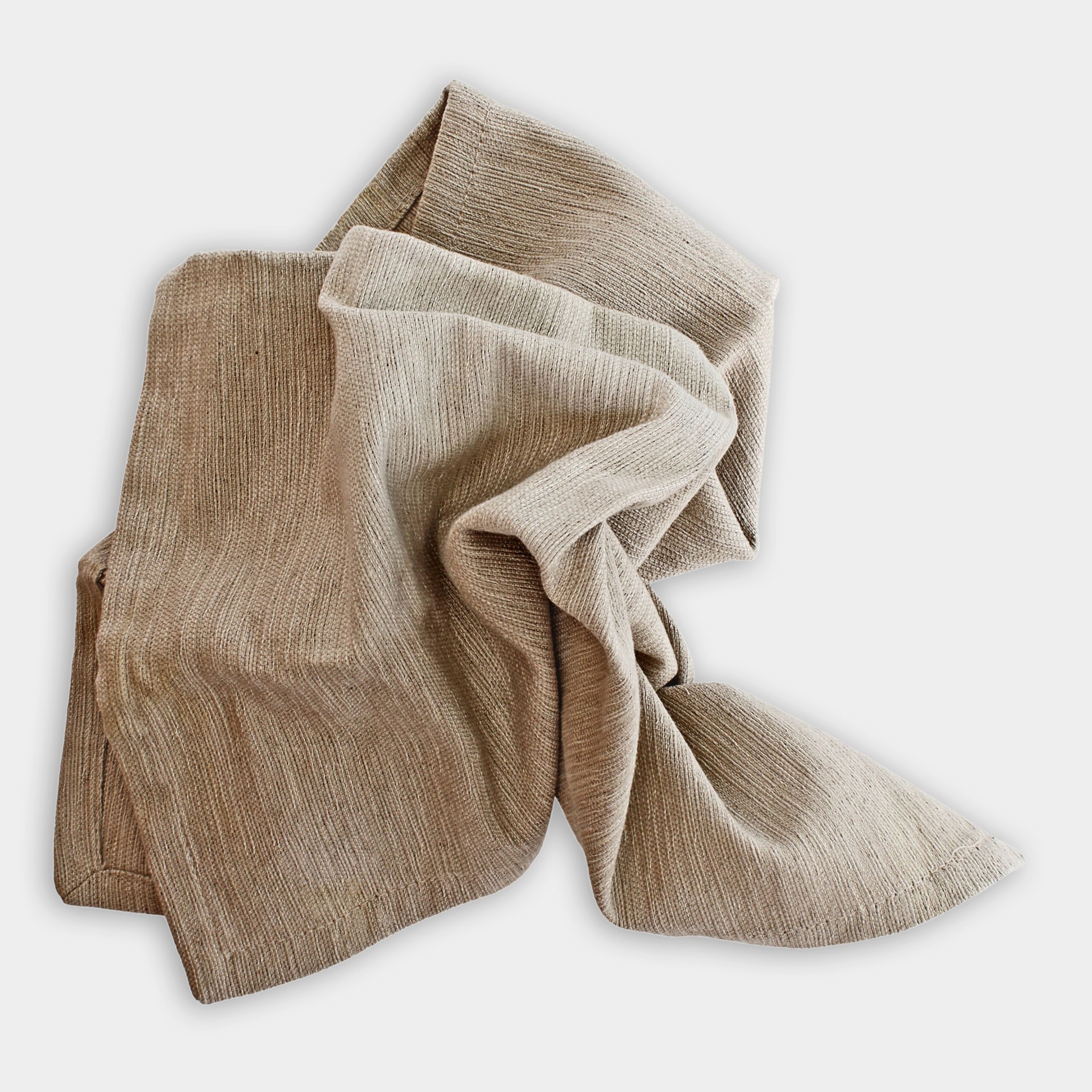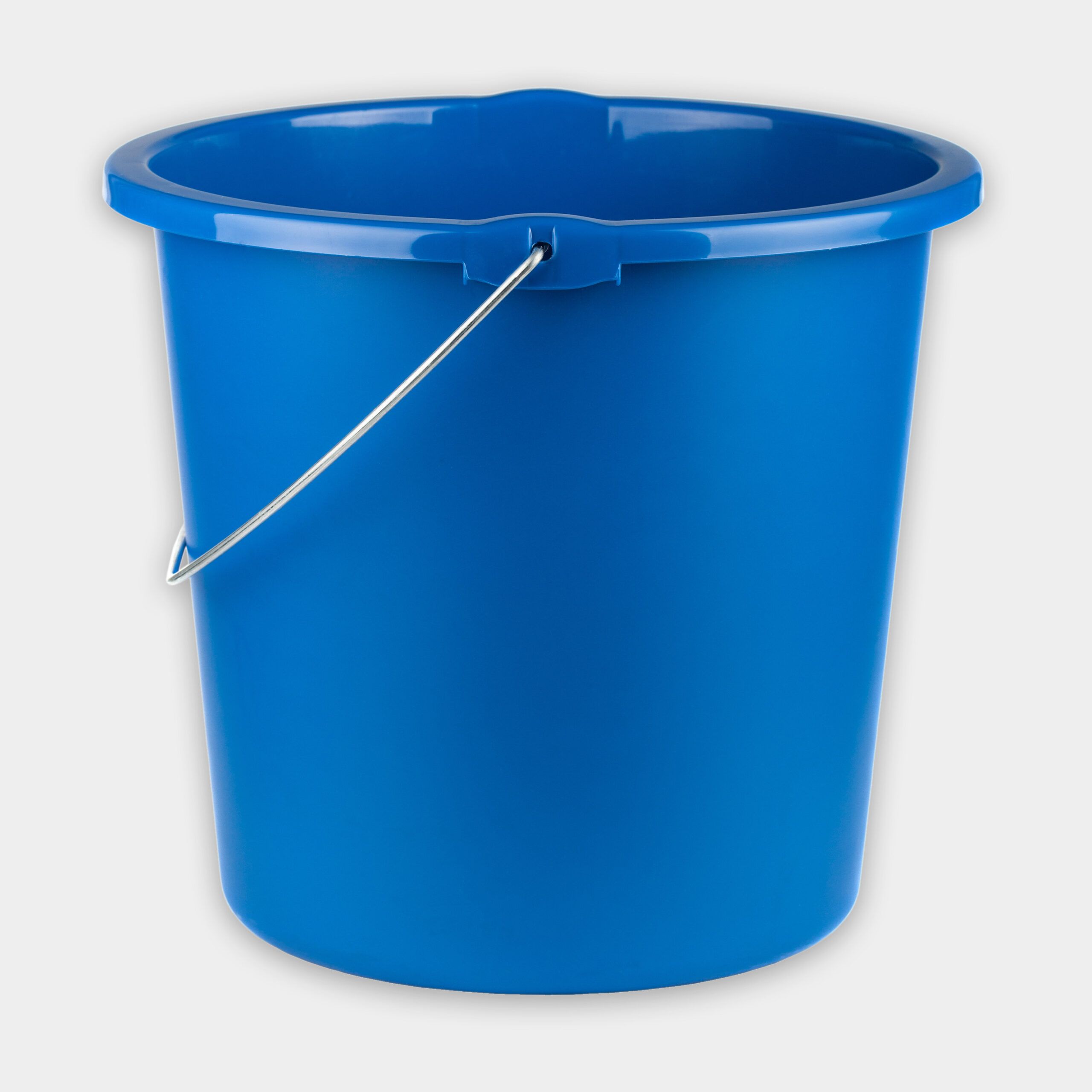We may be compensated if you purchase through links on our website. Our team is committed to delivering honest, objective, and independent reviews on home products and services.
Whitewashing your brick fireplace is an excellent way to refresh your living space while maintaining the character of the original brickwork. Whitewashing is an affordable painting technique that creates a semi-transparent finish, allowing some of the underlying brick to show through. This method offers a softer, more rustic appearance compared to solid paint coverage. Watch the video above to see how painting expert Mauro Henrique achieves a beautiful whitewashed look on a brick fireplace.
Types of Paint for Whitewashing Brick
Water-based paints are ideal for this project because they allow for easy thinning and application. Here are some good options:
- Flat latex paint: This water-based paint provides a smooth, matte finish. It covers brick with a uniform color but has limited durability compared to other paint types.
- Chalk paint: Chalk paint creates a matte vintage look without the need for primer. It often requires fewer coats to achieve the desired finish.
- Masonry paint: This is a specially formulated paint designed for rough exterior surfaces like brick and concrete. It offers durability, breathability, and weather resistance.
- Limewash (for a more traditional approach): This natural, mineral-based coating penetrates brick and creates a durable, low-maintenance finish. It offers a naturally aged appearance that can enhance the rustic charm of your fireplace.
Preparing for Whitewashing a Fireplace
Before you begin whitewashing your brick fireplace, you need to gather the right materials, protect surrounding areas, and clean the brick surface to ensure optimal paint adhesion.
Gathering Materials
To whitewash your brick fireplace, you’ll need the following materials:
- 1-inch and 2-and-1/2-inch angled paintbrushes
- 2-gallon bucket for mixing
- Clean rags or sponges
- Clean water
- Drop cloths
- Flat, water-based white paint
- Masking paper
- Painter’s tape
- Paint stirrer
- Safety goggles and gloves
Consider investing in higher-quality brushes and rags to achieve a more professional finish.
Protecting the Surrounding Area
Before you start painting, use painter’s tape to mask off any areas you don’t want to paint, such as the mantel or adjacent walls. Cover the floor and nearby furniture with drop cloths and use masking paper to protect the firebox if you’re not planning to paint it. Shielding the surrounding area prevents accidental spills and splatters from ruining other parts of your home.
Cleaning the Brick
Use a stiff-bristled brush to remove loose dirt and cobwebs from your brick fireplace. Wash the brick with a mixture of warm water and mild detergent. Rinse thoroughly with clean water and allow the brick to dry completely before painting. Any residue left on the brick can interfere with paint adhesion, leading to uneven application.
Creating the Whitewash Mixture
The key to achieving the perfect whitewash look is in the paint mixture. Henrique recommends using a 1:1 ratio of paint to water, but you can adjust this based on your desired level of coverage. To create your whitewash mixture, take the following steps:
- Pour equal parts paint and water into a 2-gallon bucket.
- Use a paint stirrer to mix until you achieve a consistency similar to milk.
- Test the mixture on a small, inconspicuous area of the brick to check that you’re happy with the coverage.
Applying the Whitewash to the Brick
Now that you’ve prepared the area and mixed your paint, it’s time to start whitewashing your brick fireplace. Start in a corner of the fireplace, using a 2-and-1/2-inch angled brush to apply the whitewash mixture. Work in small sections, applying the paint with even strokes. Get the whitewash into all the crevices and mortar lines.
Immediately after applying the whitewash to a section, have someone follow up behind you with a clean rag or sponge to dab and blend the paint. Adjust the pressure and amount of dabbing to achieve your desired look. Work quickly, as the paint will start to dry and become harder to blend.
As you work, keep in mind the level of coverage you want. For a heavier whitewash, use less water in your mixture and dab less aggressively. For a lighter whitewash, use more water and dab more to remove excess paint. Aim for a random pattern to create a natural, aged look. Consistently reassessing your work as you go helps you remain aligned with your vision.
Addressing Common Challenges Whitewashing Brick
While whitewashing is a relatively straightforward process, you may encounter some challenges.
Dealing With Uneven Absorption
Brick can sometimes absorb paint unevenly, leading to a patchy appearance. To address this, apply a second coat of whitewash to areas that appear too light. Use a slightly thicker mixture on areas that are absorbing too much paint. If the brick is extremely porous, consider applying a masonry primer before whitewashing.
Blending New and Old Mortar
If your fireplace has both new and old mortar, you may notice color differences after whitewashing. To blend these areas, use undiluted paint on the newer, darker mortar lines. Apply the paint with a small brush for precision. Blend the edges with a damp rag to create a seamless transition.
Finishing Touches
After the whitewash has dried, carefully remove all painter’s tape and masking materials. Take a step back and look for any missed spots or areas that need touch-ups. Touch up any areas where paint may have seeped under the tape. Evaluate whether the overall look is consistent and matches your vision. Consider adding a clear sealer to protect the whitewash and make it easier to clean in the future. Clean your brushes and other tools thoroughly with soap and water.
Resources:
For the fireplace, Henrique watered down a can of Ultra Spec 500 flat white primer, manufactured by Benjamin Moore. He didn’t touch the firebox, but if he did, he would need to use a heat-resistant paint.
The other materials Mauro used to paint the fireplace, including the buckets, rags, and paintbrushes, can all be found at home centers and paint stores.



